16:47, 12/27/2023
In response to the needs of modern life today, tomb statues, in addition to the core of human statues, have been brought to new spaces: restaurants, garden cafes, villas and especially cultural and ecological tourist areas to introduce and promote this unique art form.
Of course, once there is “supply”, there must be “demand” - and up to now, in the Central Highlands, a quite vibrant market for buying and selling wooden folk statues of indigenous peoples has been formed, no less than any real art activity.
Artisan Y Thai Eban (Kmrong Prong B hamlet, Ea Tu commune, Buon Ma Thuot city) is one of the people who specializes in creating and supplying the market with many of these so-called "trendy" art products.
He shared: In the past, people who sculpted tomb statues did not consider it an artistic field to make a living, because it was an offering to the deceased. No matter what emotional state they were created in, the sculptor always kept in mind that they recreated everything they had seen and that was real in life to send to their loved ones in the "other world " with deep religious and spiritual meaning. And that is why this statue was only placed in the tombs of the Central Highlands people. Now, like the gong culture - tomb statues have stepped out of the "sacred environment" to integrate into contemporary life under another name: Central Highlands folk wooden statues, or Central Highlands folk sculptures.
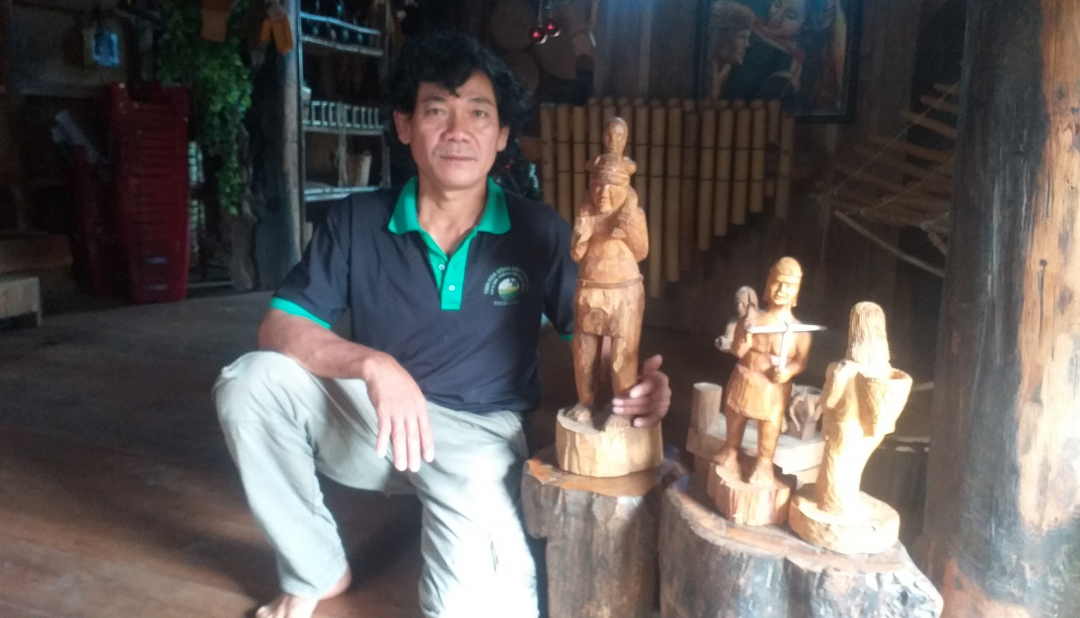 |
| Artist Y Thai Eban with the Happy Family statue cluster (miniature) to introduce to tourists. |
According to artist Y Thai Eban: Separated from that "sacred environment", it naturally has a different meaning and connotation - to play with and decorate like an art form loved by many people.
With that awareness, many traditional tomb sculptors (including him) have developed that unique folk art into a purely creative field to make a living like many other fine arts.
Currently, in this artist's long house, there are many works (single statues, groups of statues) introduced and displayed for sale to tourists in need.
“In the past, tomb sculpture was a cultural practice associated with religious and spiritual life, not a field of artistic creation for a living. Nowadays, people who possess the skills/techniques of folk sculpture are considered a new artistic trend, meeting the aesthetic needs of contemporary life, contributing to opening the door to exchange and integrate with friends everywhere” - artisan Y Thai Eban . |
In addition, he is also invited by many customers inside and outside the province to compose and arrange motifs of Central Highlands folk wooden statues from a more modern perspective and idea such as: family reunion and happiness; traditional festival activities; gong performance; shield dance, rice pounding or being friendly with the animal world...
These themes have been ordered by many cultural and ecological tourist areas/sites in the Central Highlands for him and many other artisans to make over the years.
Many tourist areas such as Mang Den; Kon Klo Cultural Village ( Kon Tum ); Lang Bian (Lam Dong), or Ko Tam, Ako Dhong (Buon Ma Thuot City) are attracting tourists with the above "collections".
As Ms. Nguyen Thi Ngoc Anh - Chairwoman of the Board of Directors of Ko Tam Cultural, Ecological and Community Tourism Area said: Stepping out of the spiritual and religious space of the tomb house - displaying and promoting the Central Highlands folk wooden statues in a new space is a remarkable step forward in modern life today.
Folk wooden statues here are present everywhere, contributing to recognizing and honoring a traditional profession of indigenous peoples, affirming the unique and distinctive art form of the Central Highlands people; thereby reviving and spreading this art form, integrating with the flow of Vietnamese cultural and artistic history.
It can be said that from tomb statues to creative inspirations with a modern breath and placed in new, multi-dimensional spaces, it has helped the public have the conditions and opportunities to enjoy and feel more closely that cultural and artistic capital everywhere, every time.
Dinh Doi
Source


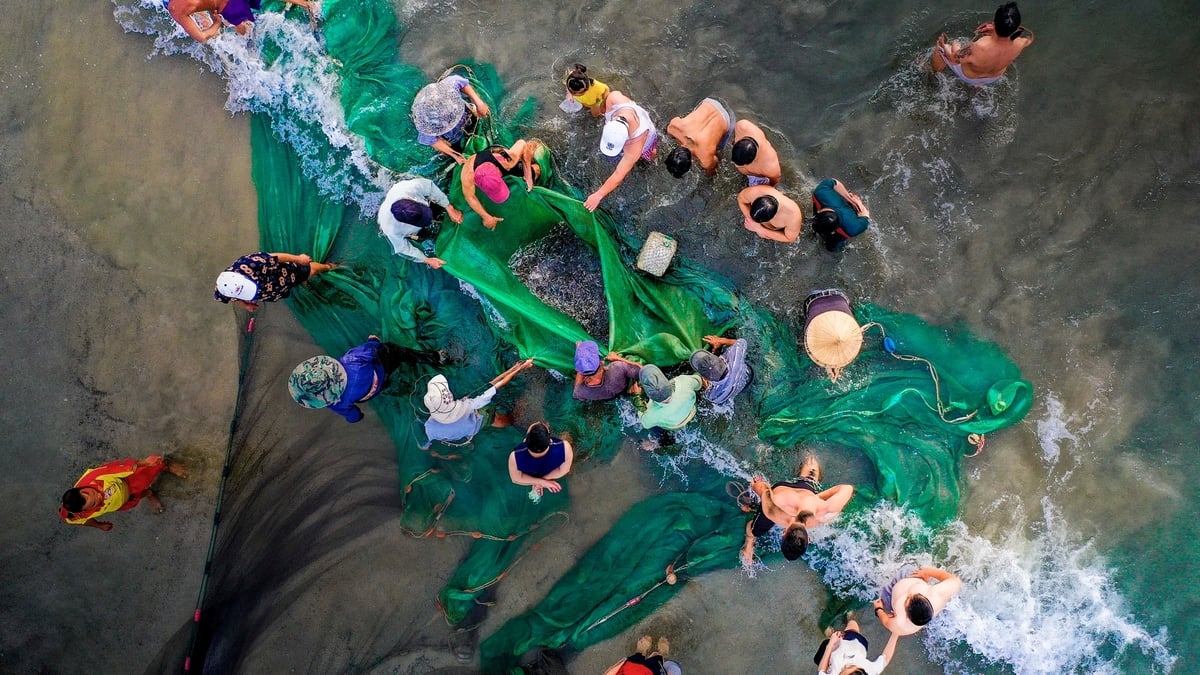
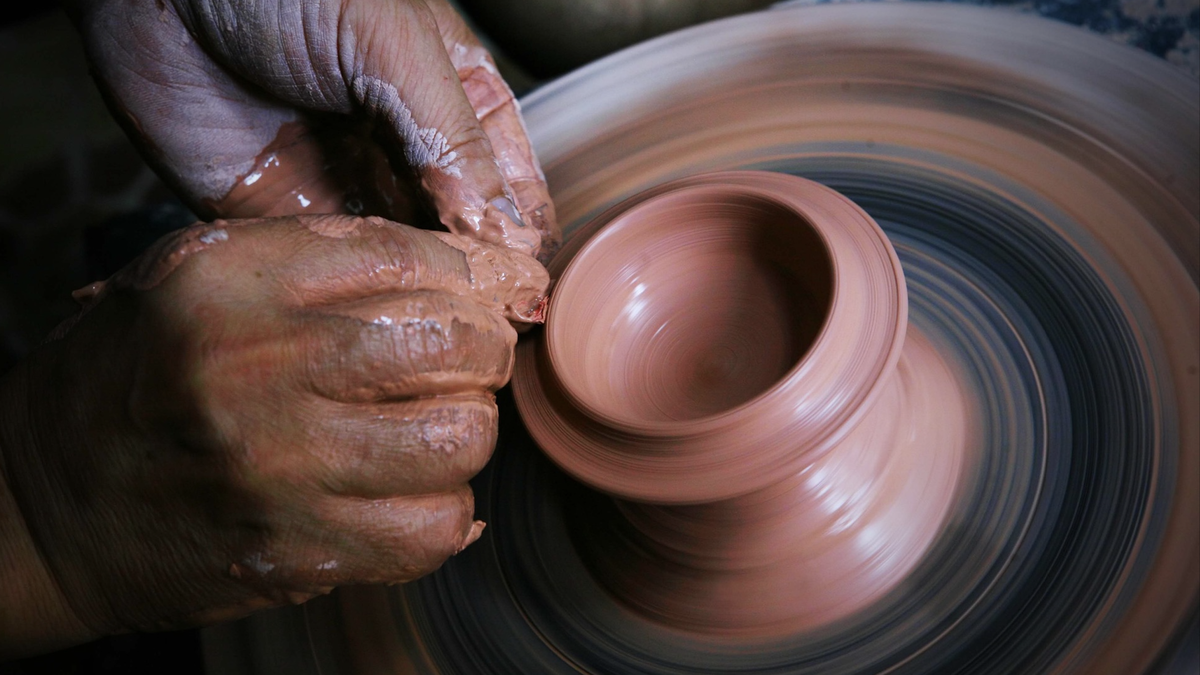
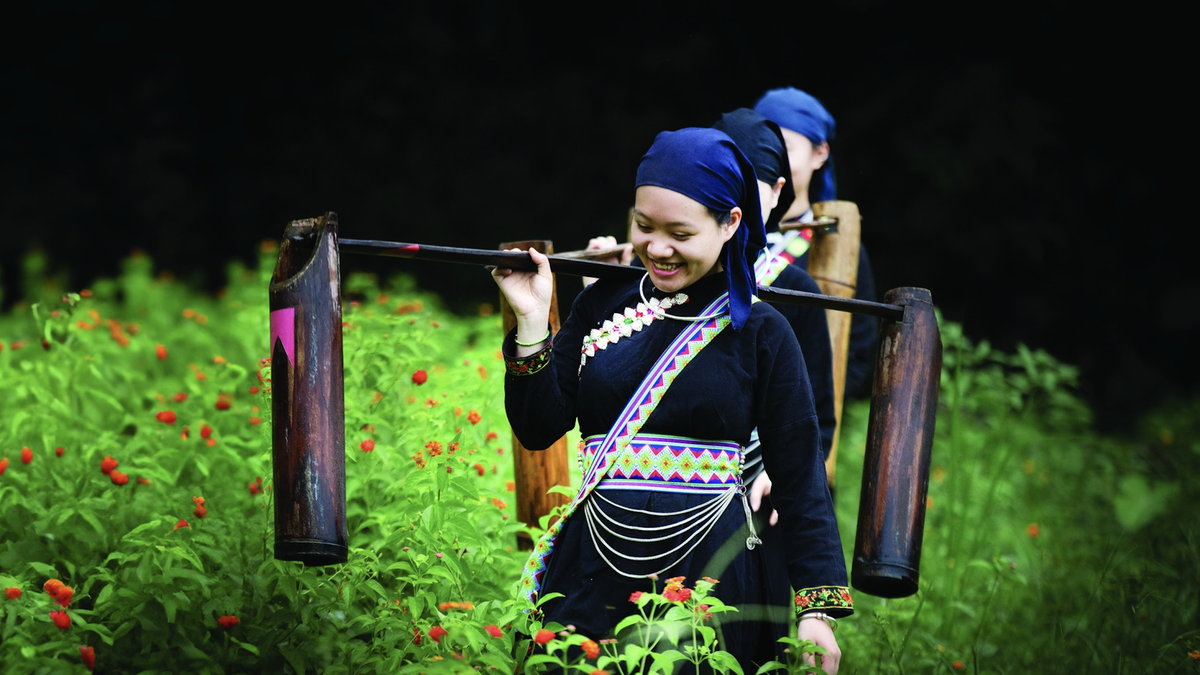
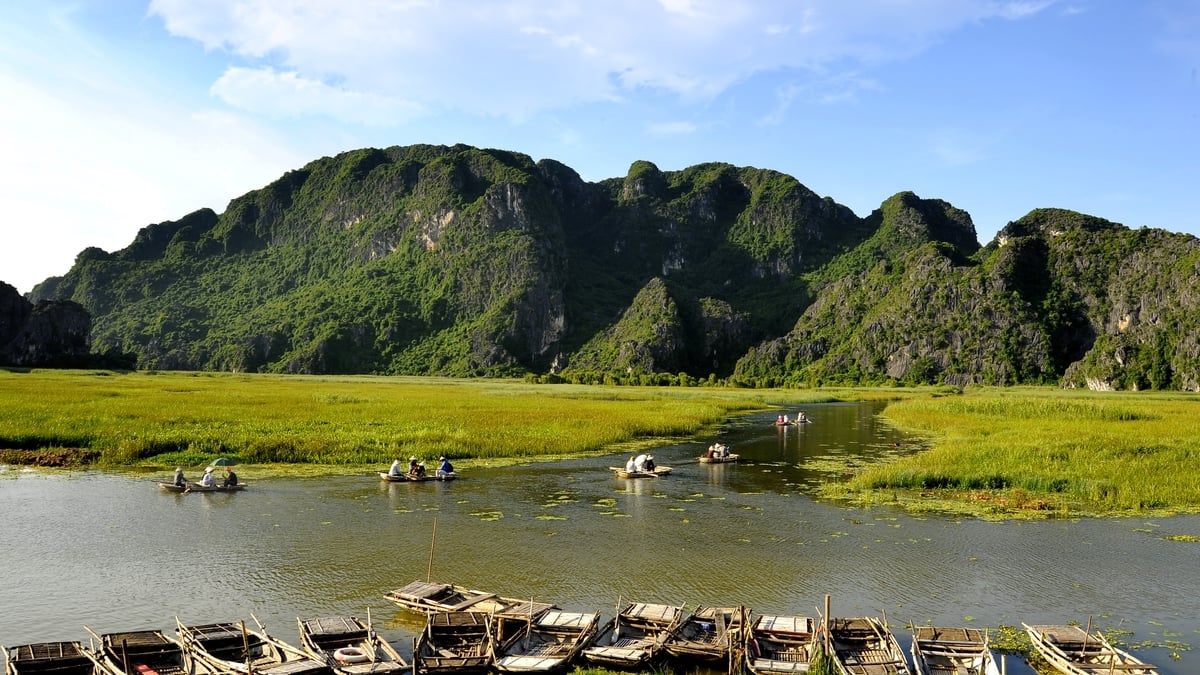

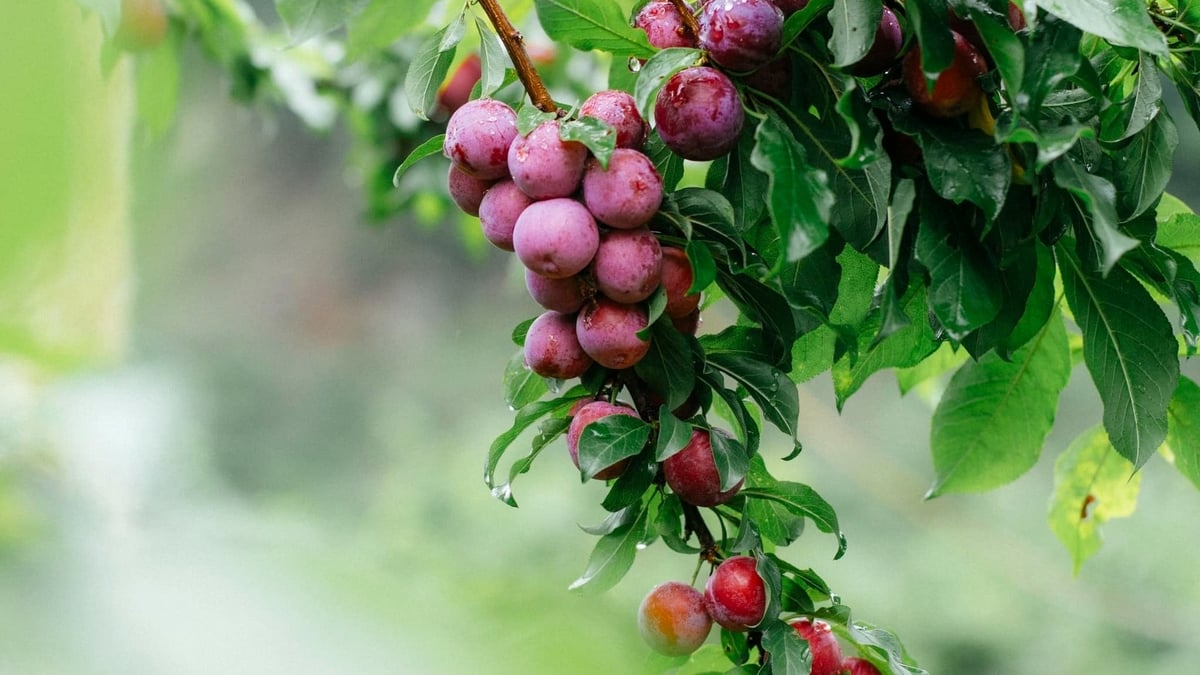






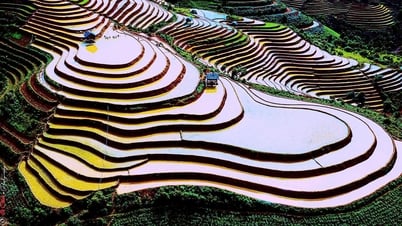

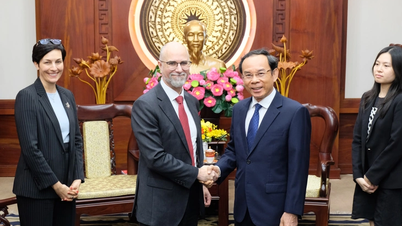

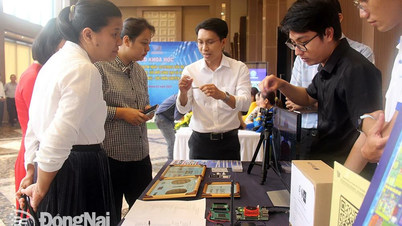


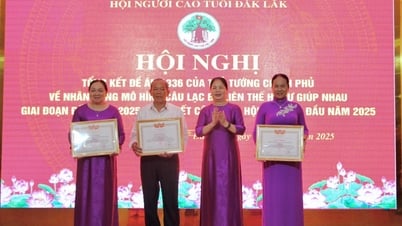
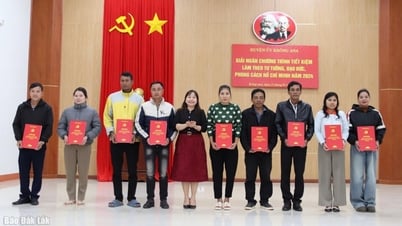


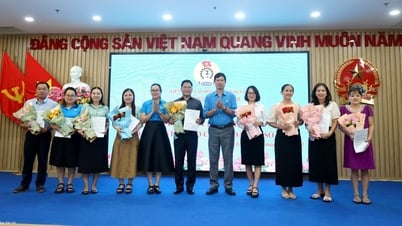









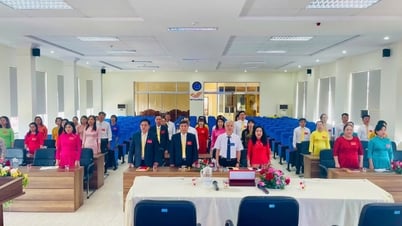
![[Photo] General Secretary To Lam meets with the Group of Young National Assembly Deputies](https://vphoto.vietnam.vn/thumb/1200x675/vietnam/resource/IMAGE/2025/6/24/618b5c3b8c92431686f2217f61dbf4f6)


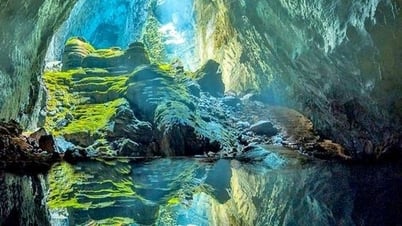

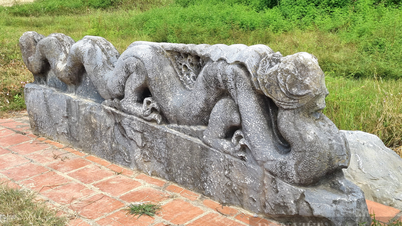
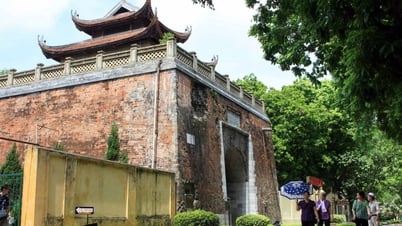

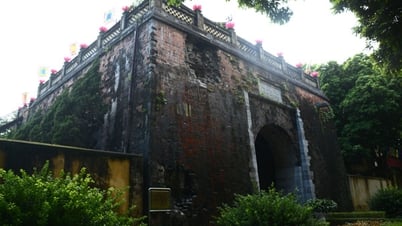

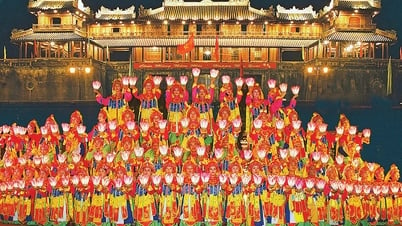

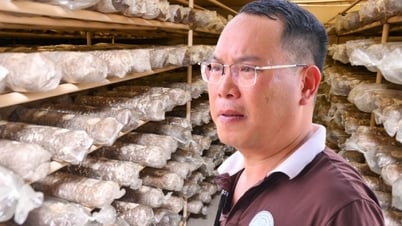



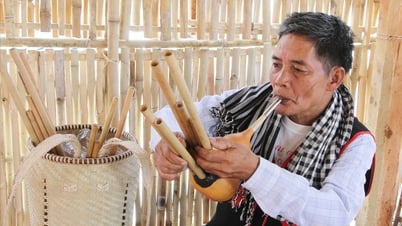




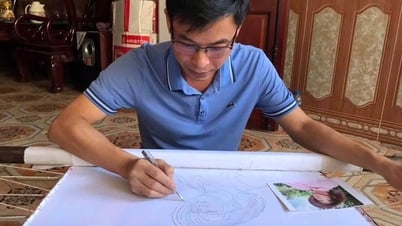




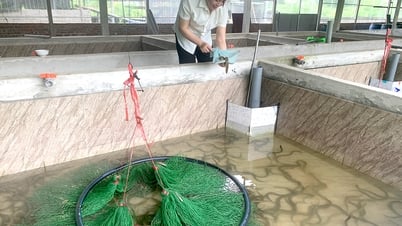

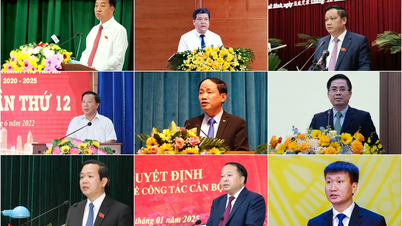

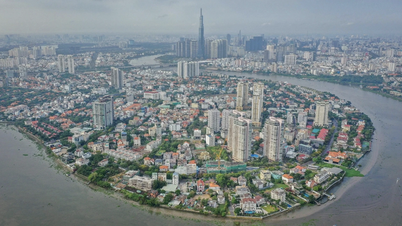





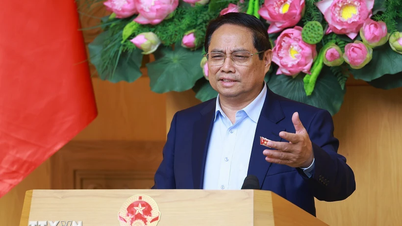
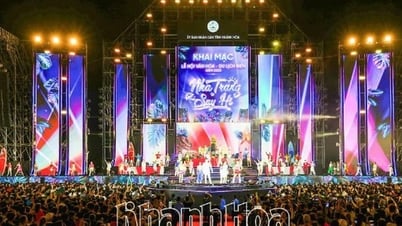


![[Infographic] Regulations on decentralization and delegation in the fields of culture, sports and tourism](https://vphoto.vietnam.vn/thumb/402x226/vietnam/resource/IMAGE/2025/6/25/880a409a8682407a8e784cbc77960ac9)


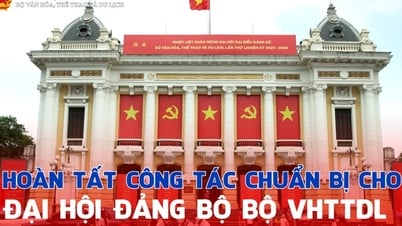
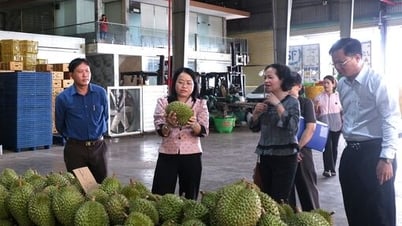

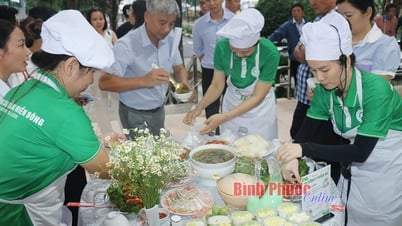
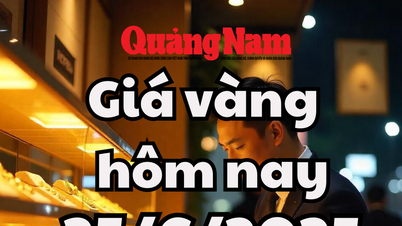

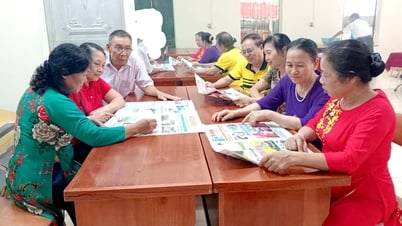

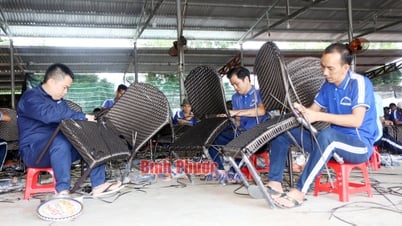














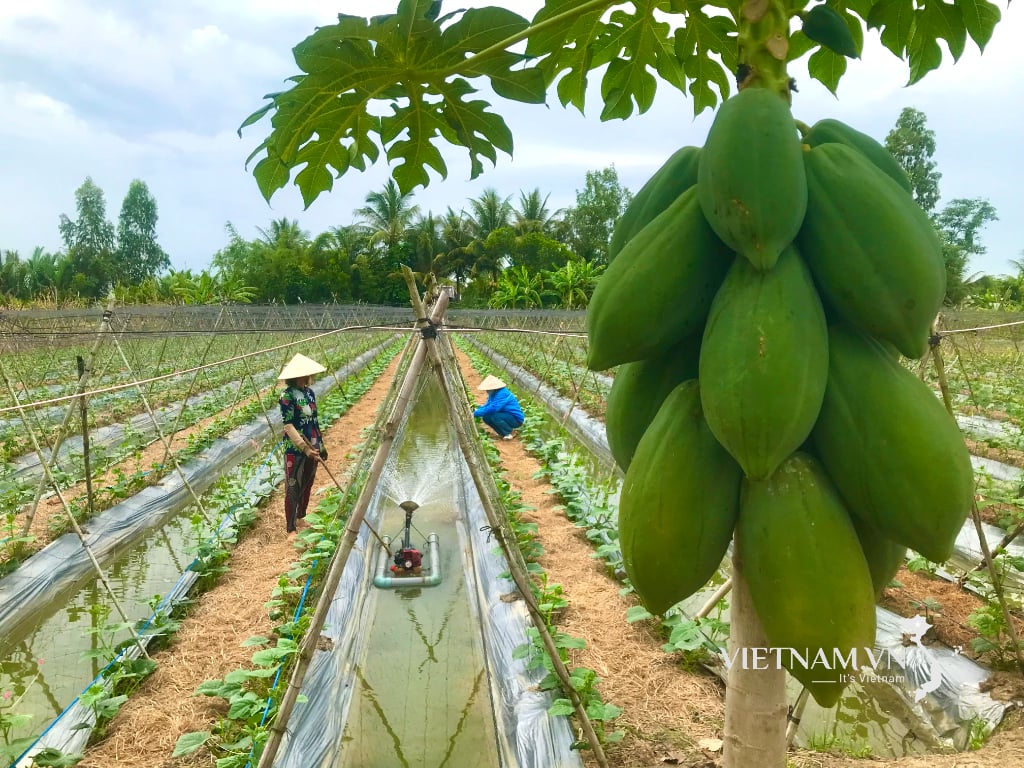
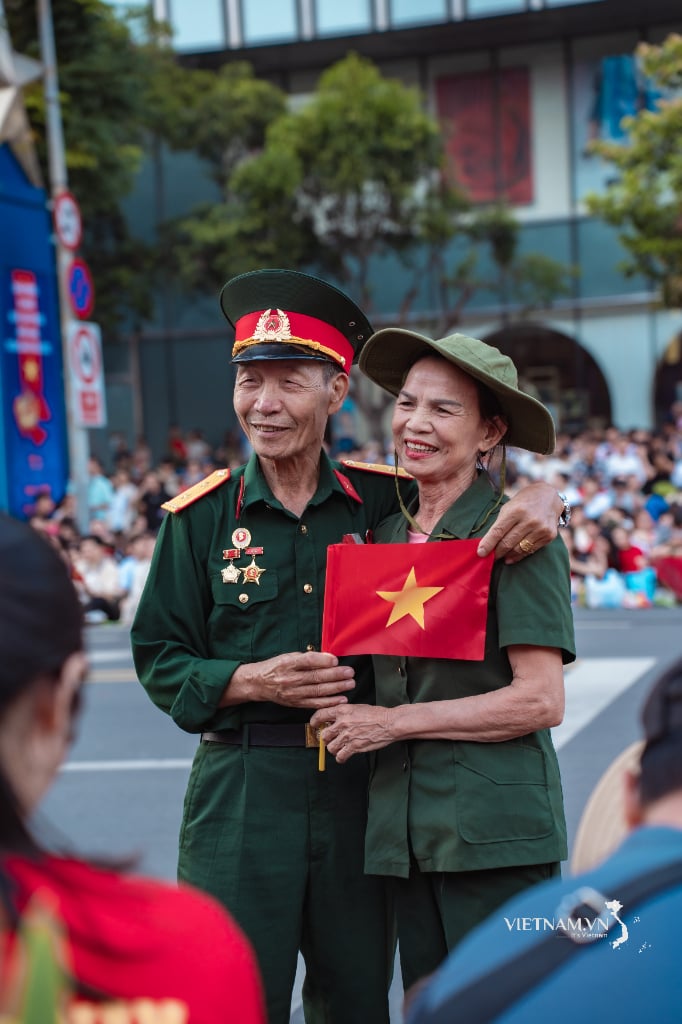
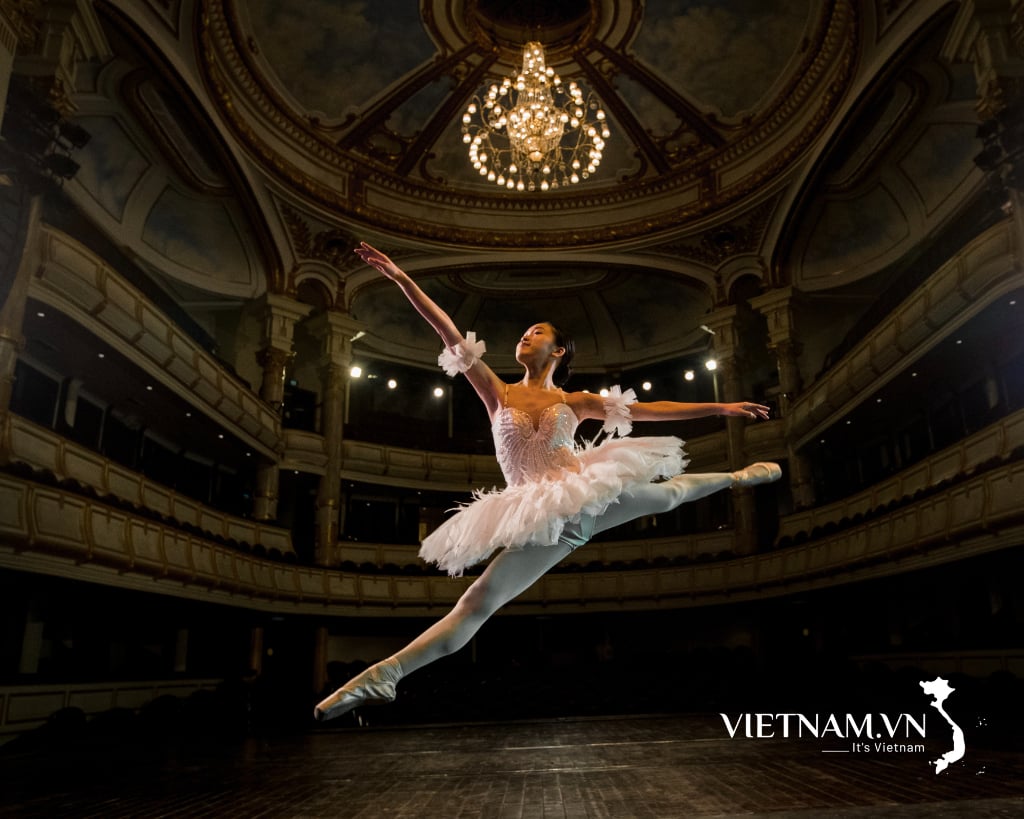
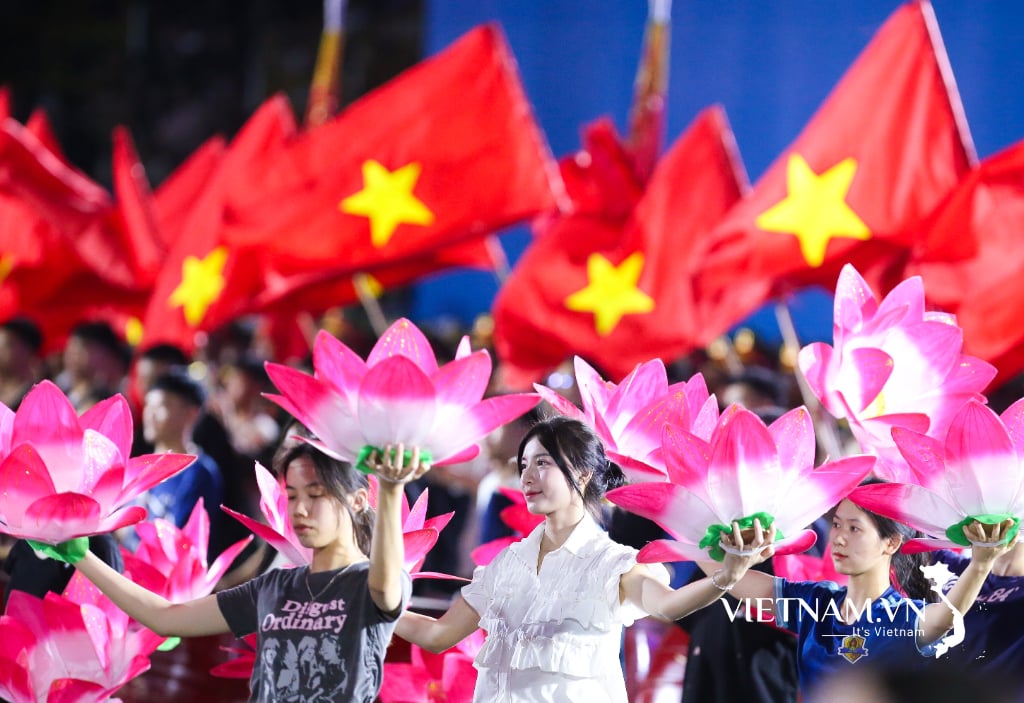
Comment (0)